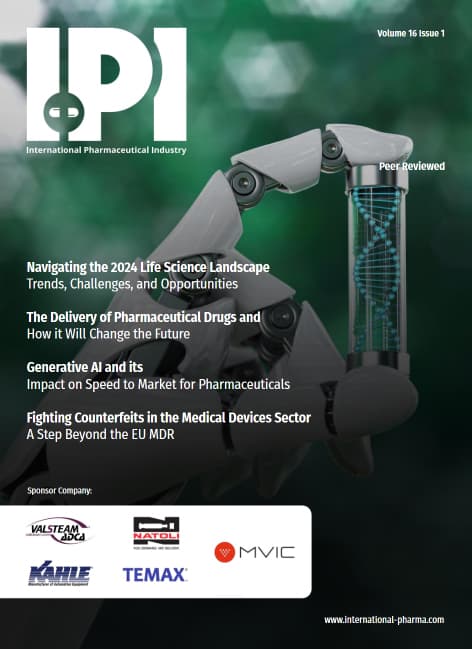The Revolution Pharmacovigilance is Crying Out for
Signal detection in real-world drug monitoring has barely changed in 70 years, since the practice was first introduced in response to the thalidomide tragedy of the late 1950s/ early 1960s. But now smart analytics, applied to robust real-world data from electronic medical records and healthcare claims, promises to make comprehensive, proactive signal detection a reliable reality. Going forward, Life Sciences R&D decision[1]makers, regulators and other healthcare ecosystem stakeholders will be able to continuously track adverse effects without recourse to data scientists, and without the steer of an existing hypothesis. The breakthrough could also help identify new opportunities for drug repurposing, so that Safety becomes a driver of commercial benefit as well as a protector of patients. ArisGlobal’s Elizabeth Smalley explains.
In a 2022 life sciences industry report,1 70% of biopharmaceutical professionals indicated a maturity gap in the efficiency of safety signal analytics processing. Transforming signal detection, as well as signal validation, in ever smarter ways, promises to close that gap, boosting pharmacovigilance (PV). And not before time. Safety signal monitoring has barely changed in 70 years, from when the practice was first introduced in response to the international thalidomide tragedy – after GPs began to observe an increase in babies being born with disabilities, including the shortening and absence of limbs, and a correlation was discovered with their mothers having taken thalidomide during pregnancy.2 Systematic monitoring of adverse drug reactions was one of the formal regulatory responses to the tragedy which affected more than 10,000 babies around the world.
Since then, other than adapting paper[1]based manual reporting with some form of electronic equivalent, very little has progressed in the discipline of signal detection and analysis. Outside of the clinical environment, with its inherent limitations (as well as being highly controlled, trials’ safety monitoring cannot touch the vast variety of human genomes that a drug will encounter post-market), adverse event monitoring relies too heavily on patient and clinician reporting. And, still today, too many adverse events go unreported (up to 95% in the worst cases3 ).
The Case for Change
Even once submitted, Individual Case Study Reports (ICSRs) take time to process before they are used in signal detection. Analyses of medical literature, another PV channel, also inevitably involve a time delay, while scouring of online forums yields too much noise. With smart, sophisticated analytics technology that can filter for causal and sensitivity to substantially reduce signal ‘noise’ (with 40%+ more accuracy than traditional signal detection methods, as demonstrated in extensive studies conducted by ArisGlobal4 , professionals will be able to distil precise adverse event insights directly using robust real-world data from electronic medical records and healthcare claims, boosting drug safety and driving new efficiency for developers. Access to this data is being democratised, thanks to strategic partnerships designed to empower drug developers and their Safety teams with timely, reliable feeds combined with smart, intuitive analytics technology.
























